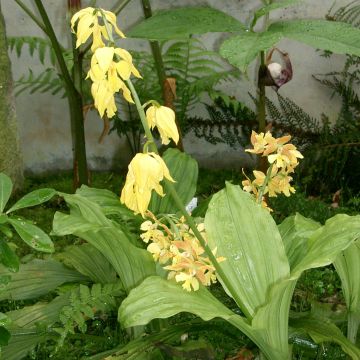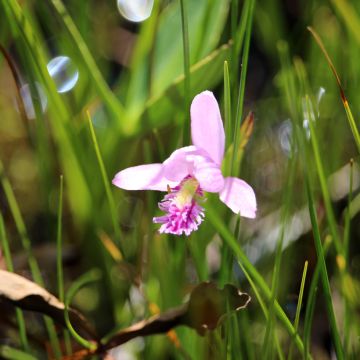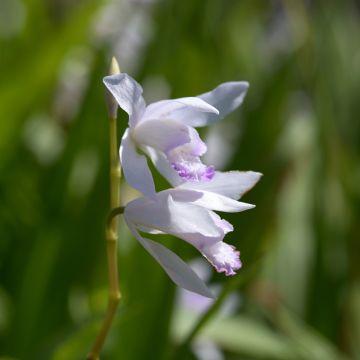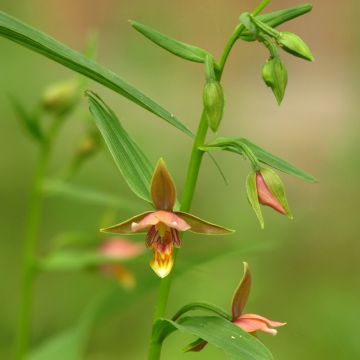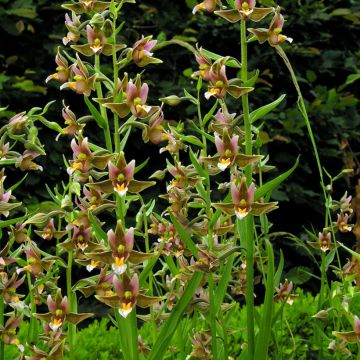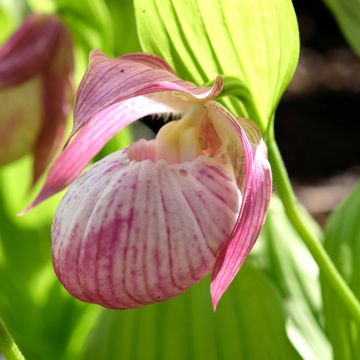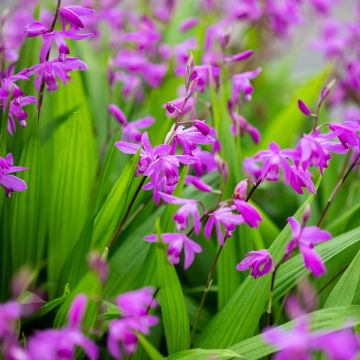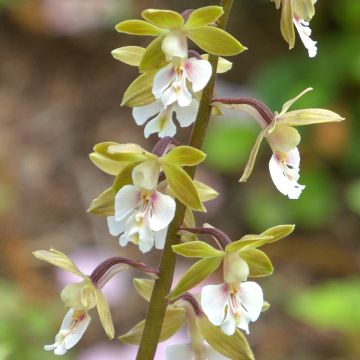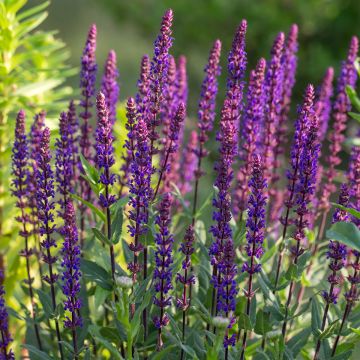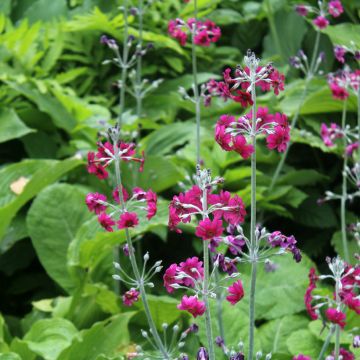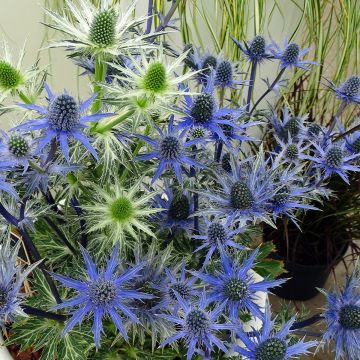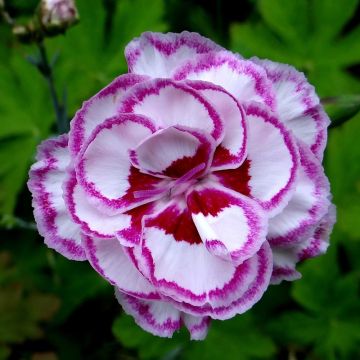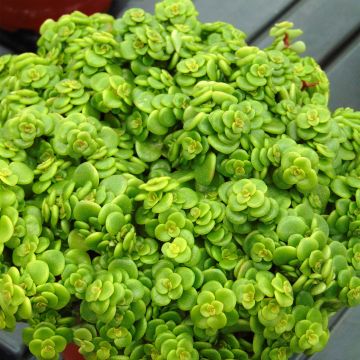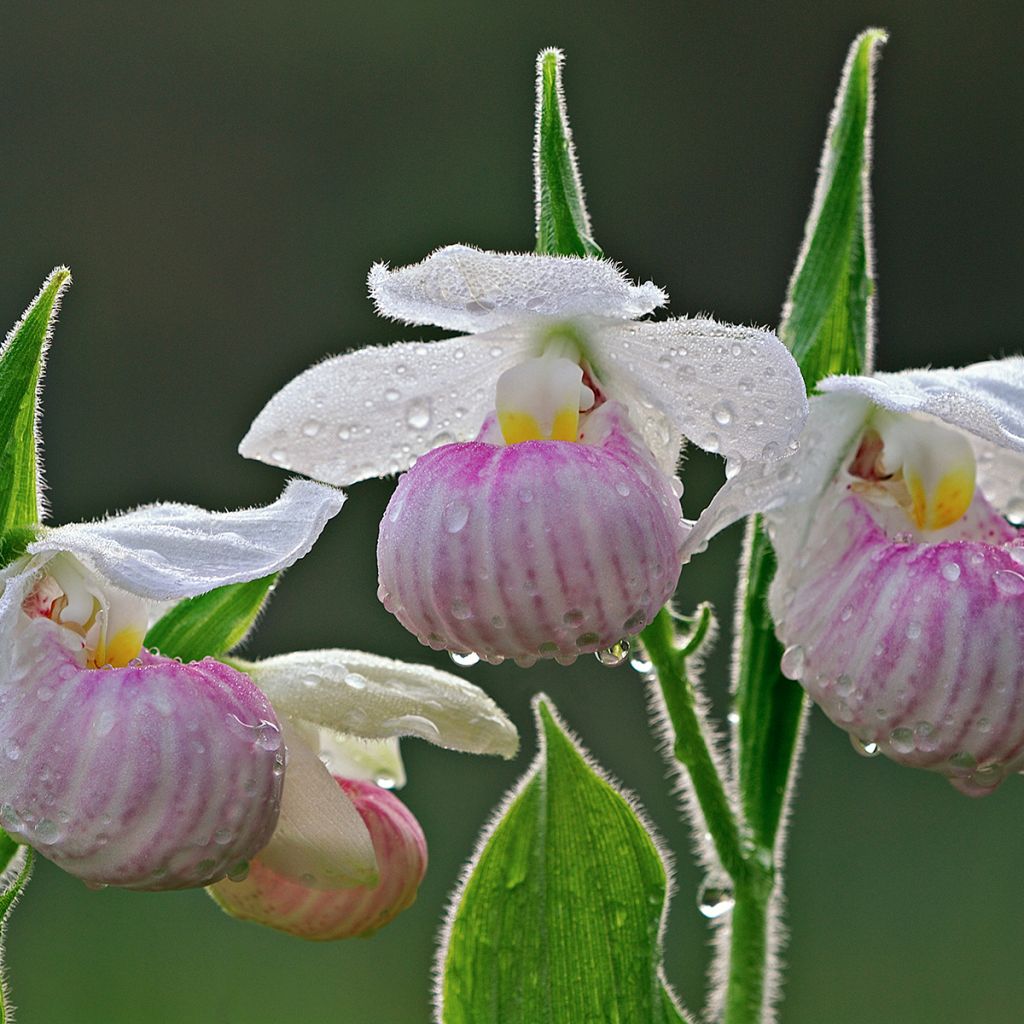

Cypripedium reginae
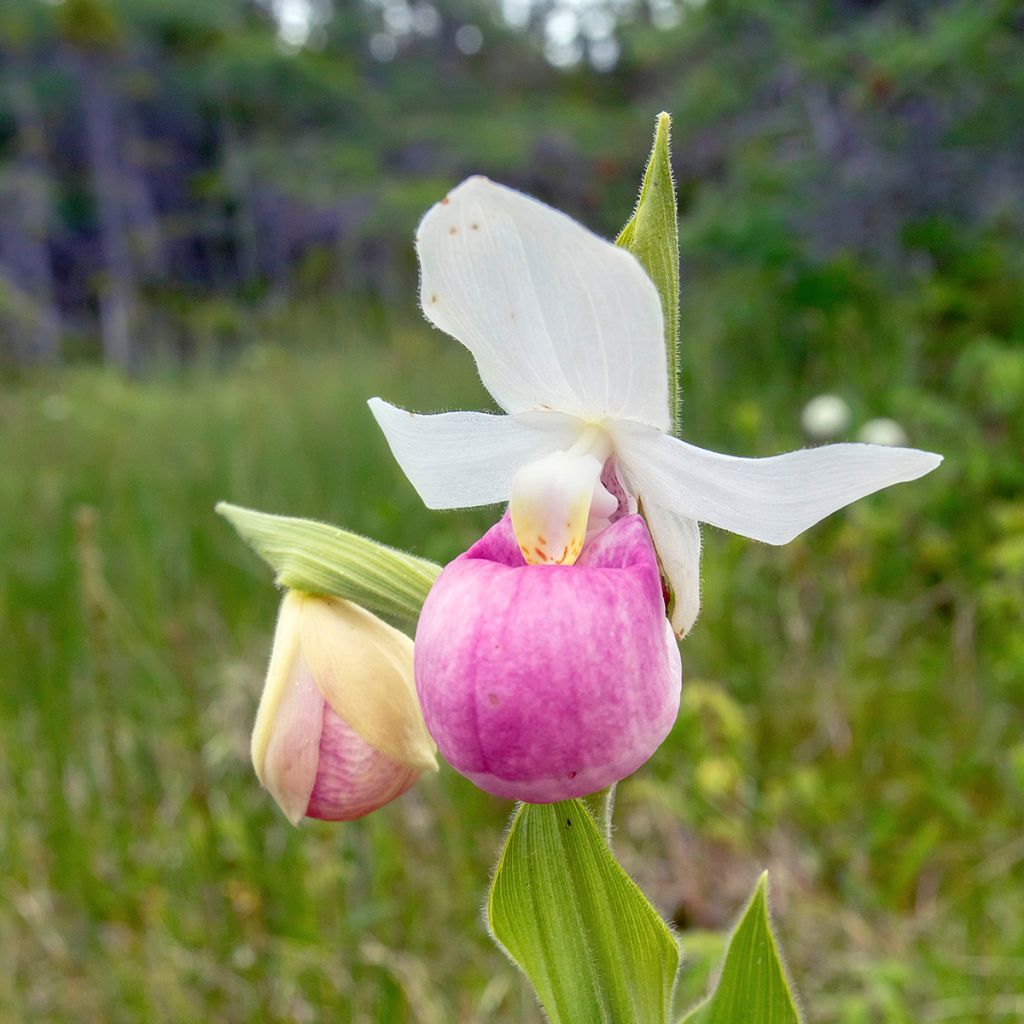

Cypripedium reginae
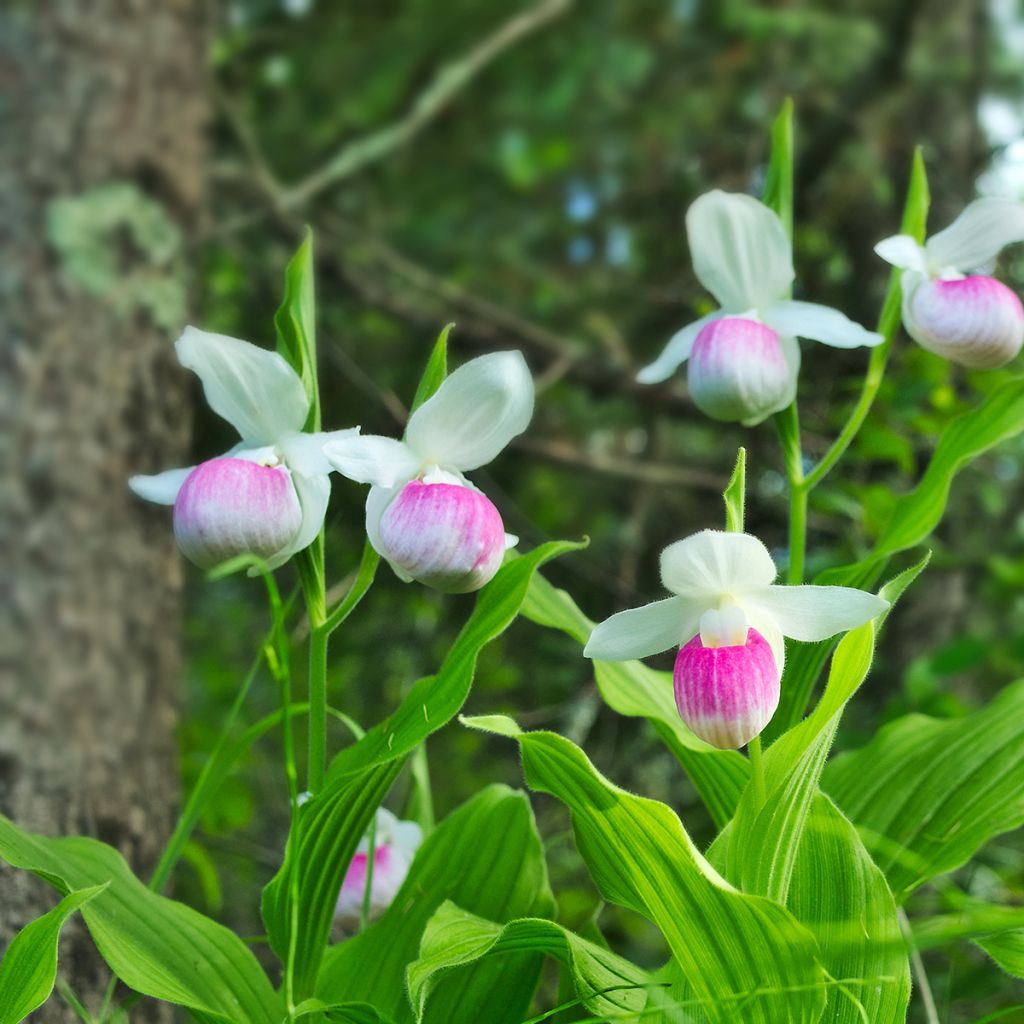

Cypripedium reginae
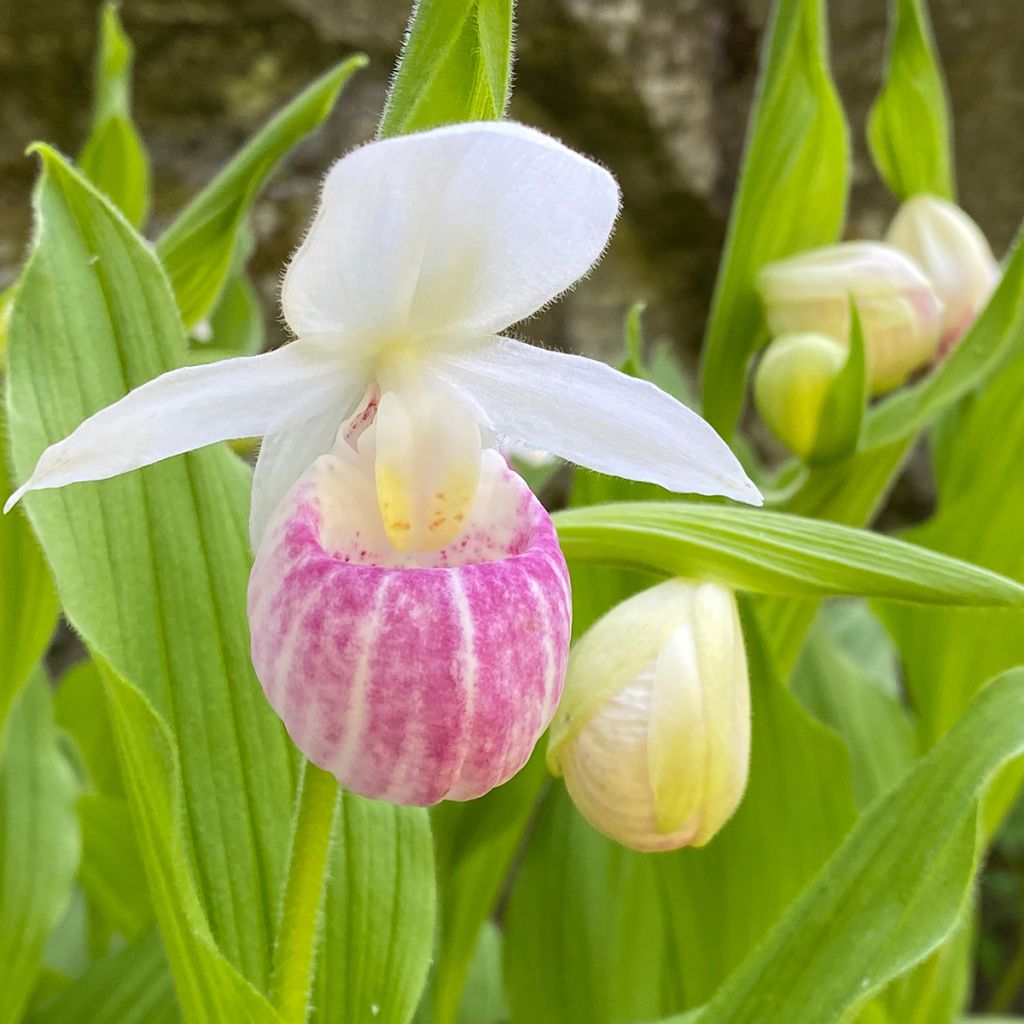

Cypripedium reginae
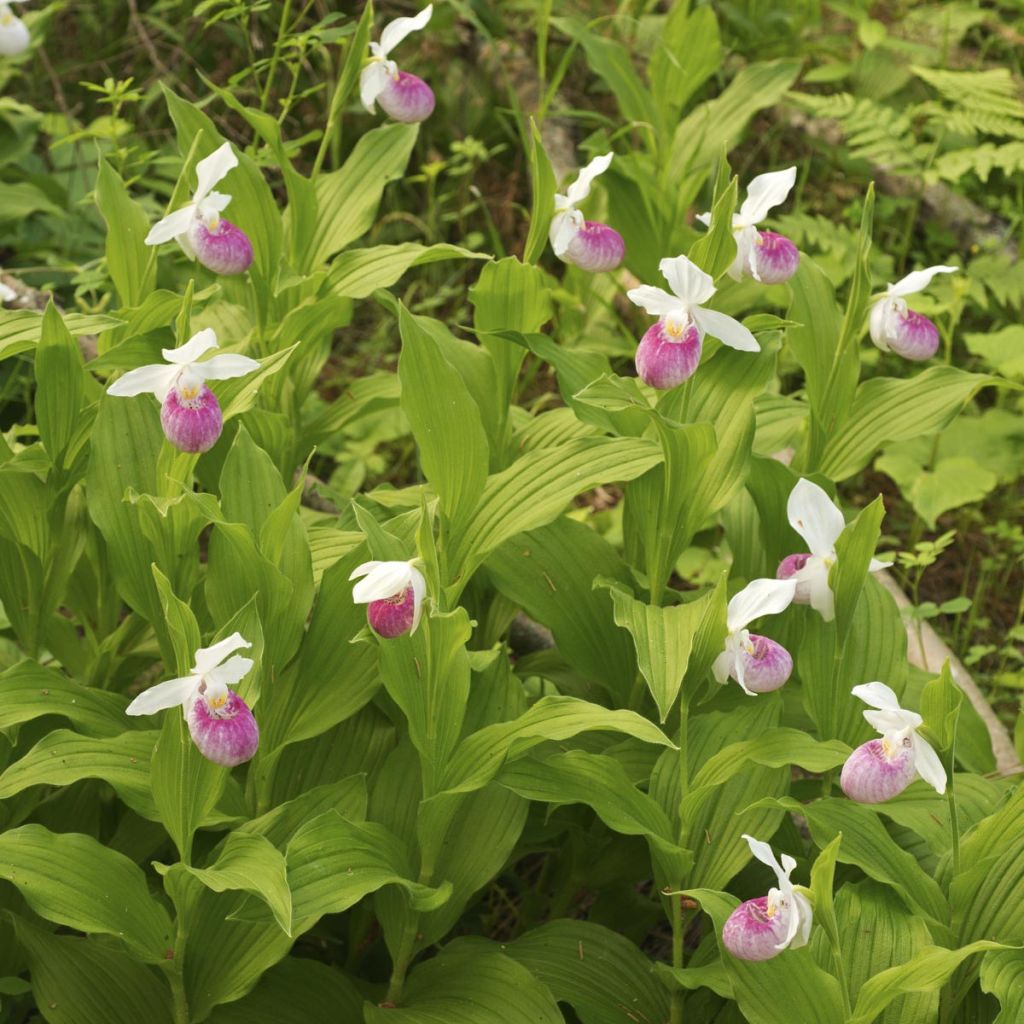

Cypripedium reginae
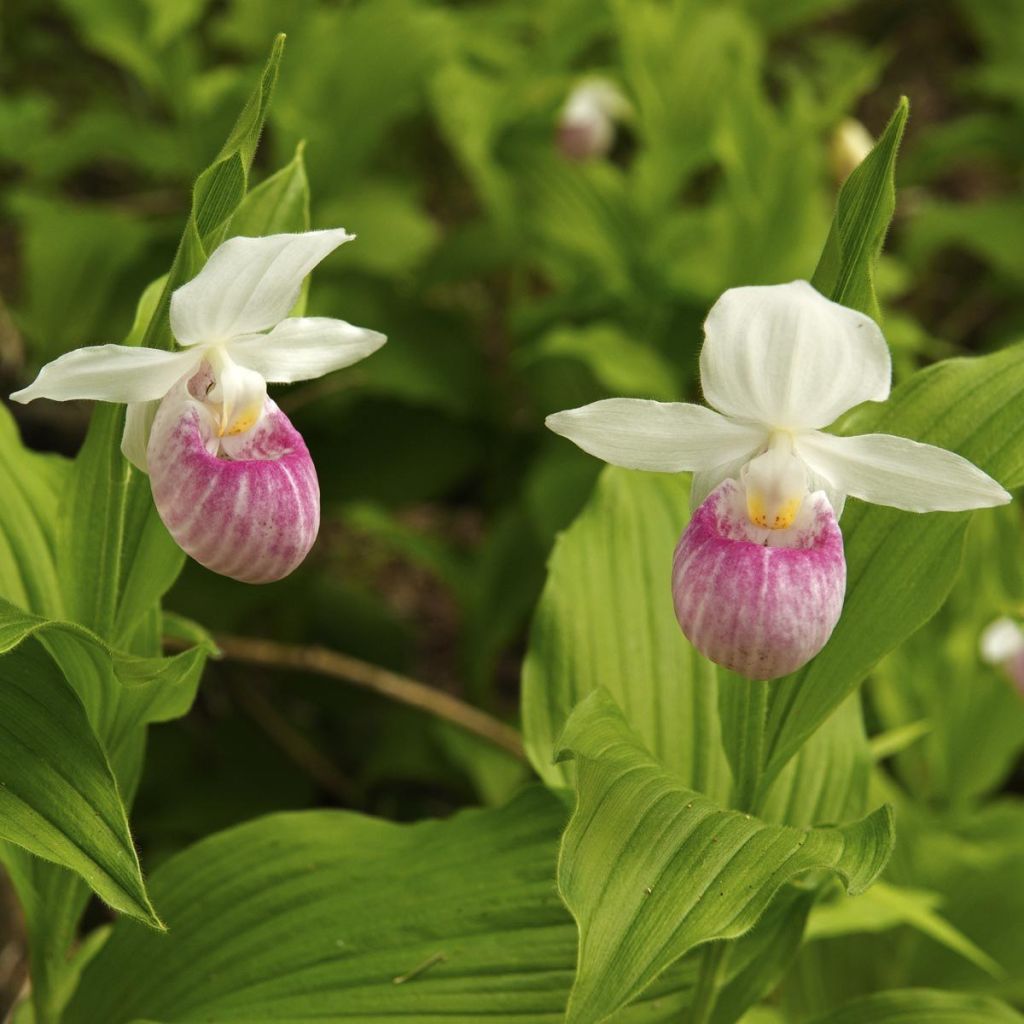

Cypripedium reginae
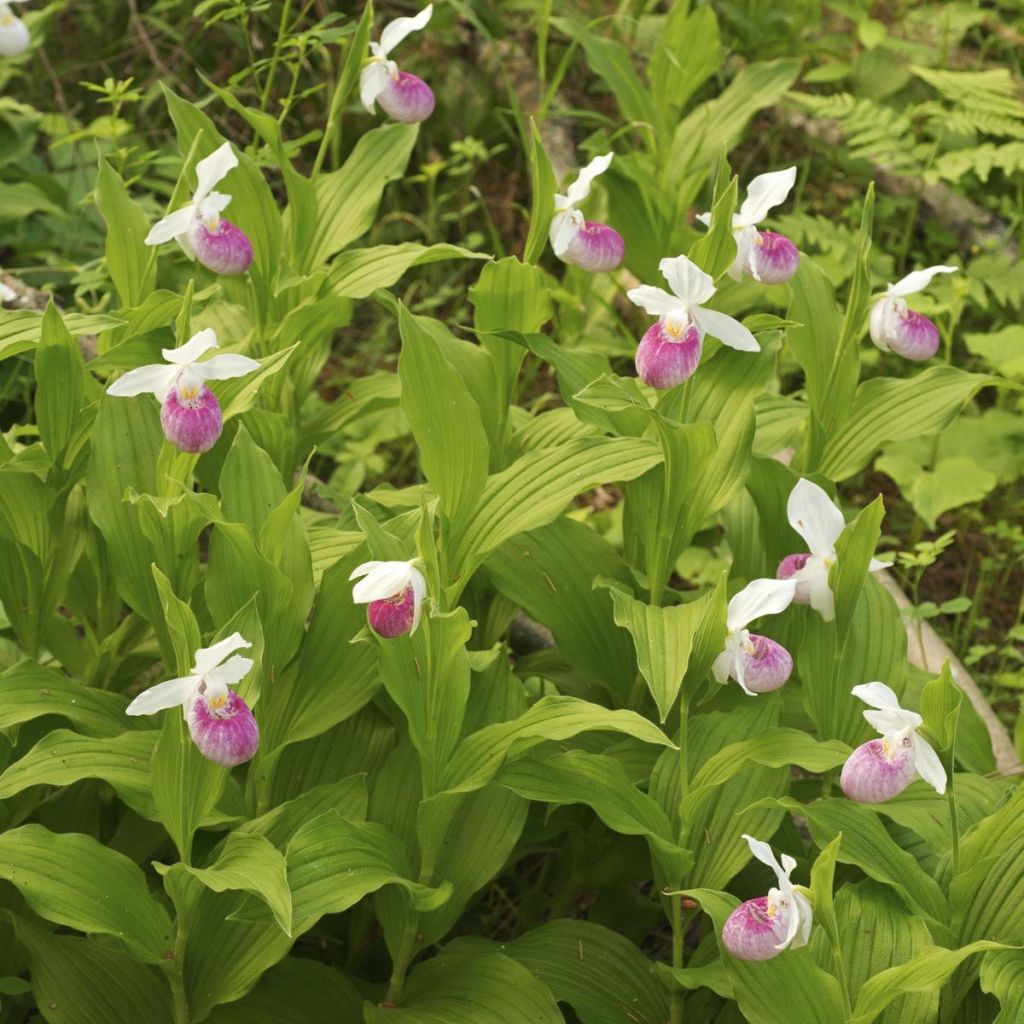

Cypripedium reginae
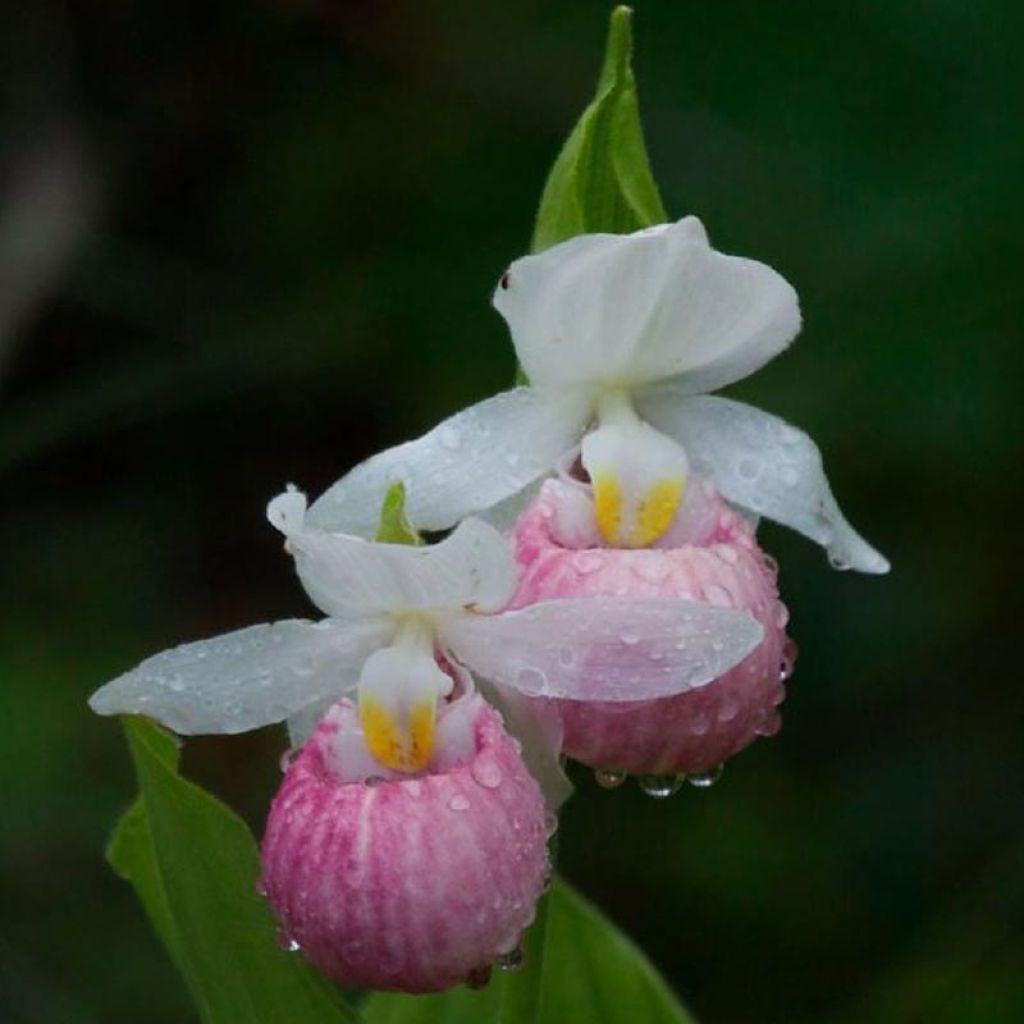

Cypripedium reginae
Cypripedium reginae
Cypripedium reginae
Showy Lady's Slipper, Pink-and-white Lady's-slipper, Queen's Lady's-slipper
on 3 plantlings (calceolus, reginae, and another) Only 1 provided enough strength for recovery: I sent a photo of the weakest one but no compensation proposal was made...
Daniel, 23/07/2020
Special offer!
Receive a €20 voucher for any order over €90 (excluding delivery costs, credit notes, and plastic-free options)!
1- Add your favorite plants to your cart.
2- Once you have reached €90, confirm your order (you can even choose the delivery date!).
3- As soon as your order is shipped, you will receive an email containing your voucher code, valid for 3 months (90 days).
Your voucher is unique and can only be used once, for any order with a minimum value of €20, excluding delivery costs.
Can be combined with other current offers, non-divisible and non-refundable.
Home or relay delivery (depending on size and destination)
Schedule delivery date,
and select date in basket
This plant carries a 12 months recovery warranty
More information
We guarantee the quality of our plants for a full growing cycle, and will replace at our expense any plant that fails to recover under normal climatic and planting conditions.

Would this plant suit my garden?
Set up your Plantfit profile →
Description
Cypripedium reginae, also known as the Royal Lady's Slipper, is part of a group of terrestrial orchids called Venus's Slippers due to the 'slipper' shape of their lip. This magnificent species, very hardy, is the largest and most spectacular orchid in North America. Where it thrives, this perennial plant slowly spreads in clumps, from which emerge in early summer a few large white flowers displaying a beautiful pale pink to magenta lip. Like many orchids, it thrives when its habitat is meticulously recreated.
The Royal Lady's Slipper is native to the entire Eastern region of North America. It primarily grows in wet habitats in cool temperate regions. This species favours bogs, marshes, and lake shores, but also adapts well to dappled shade in deciduous or coniferous forests. A limestone substrate is ideal. Hardy down to -30 °C, this Cypripedium tolerates drought and dense shade very poorly. It appreciates cold winters and not too hot summers.
Cypripedium is a deciduous herbaceous perennial, with vegetation emerging from the ground relatively late in spring (usually May) and disappearing in winter. It forms a clump of stems with large bright green leaves, oval to elliptical, with very pronounced parallel veins. In nature, it can reach up to 1m (3ft) in height. In our climates, it will reach 50 to 70cm (20 to 28in) in height. Flowering generally occurs between late May and early July, it is sometimes absent in certain years, and occurs when the plant is at least 4 or 5 years old. The strong and robust flower stem develops directly from a very large cylindrical rhizome. It is provided with leaves up to the top. Each stem produces 1 or 2 flowers, rarely 3 or 4. The flowers, 10cm (4in) in diameter, have the characteristic shape of Cypripedium flowers, composed of white sepals and petals dominating an imposing lip in "slipper" shape, very swollen, pale pink to magenta in colour depending on the plants. The entire vegetation is covered with a fine down that can be allergenic and irritating to the skin. These urticating hairs host a fungus. During winter, the foliage disappears and the plant persists in the form of a rhizome.
Cypripedium reginae is demanding in terms of its habitat, but if the conditions are met, it will be a real attraction for the cool areas of the garden and the gardener's pride who managed to acclimatize it. It should be planted in light shade or at the edge of the shade, by the water's edge, in a carefully prepared substrate. It pairs well with ferns, Cypripedium, Trillium, hostas, Rodgersias.
Our Cypripediums are sold in 11cm (4in) pots so they can flower as early as the first year of planting.
When you receive your orchids, handle them with care: these plants produce few roots and are delicate!
Report an error about the product description
Cypripedium reginae in pictures
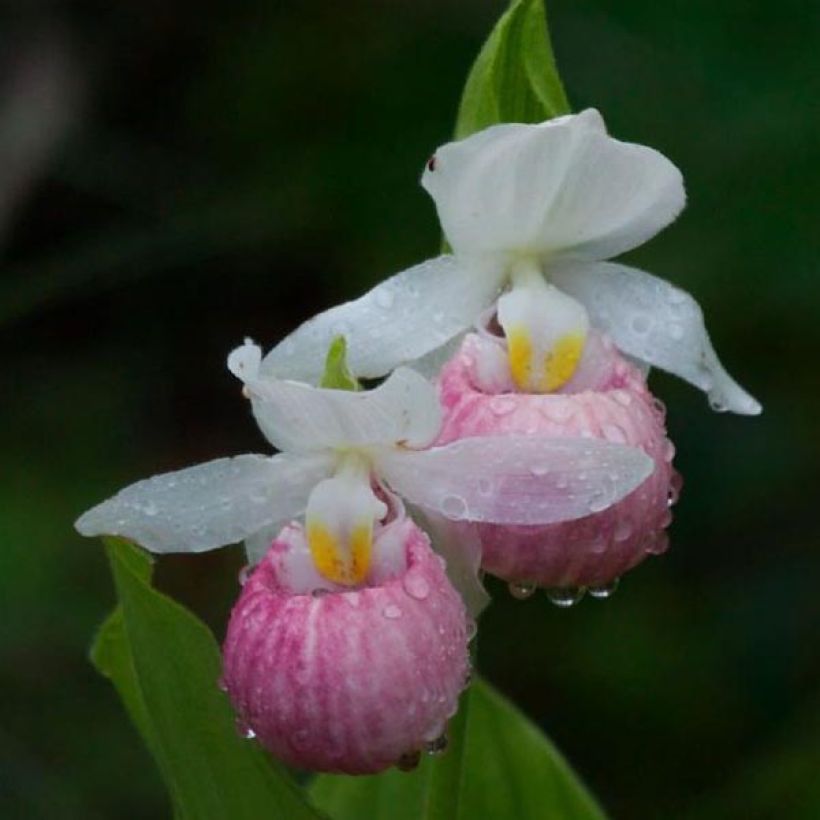

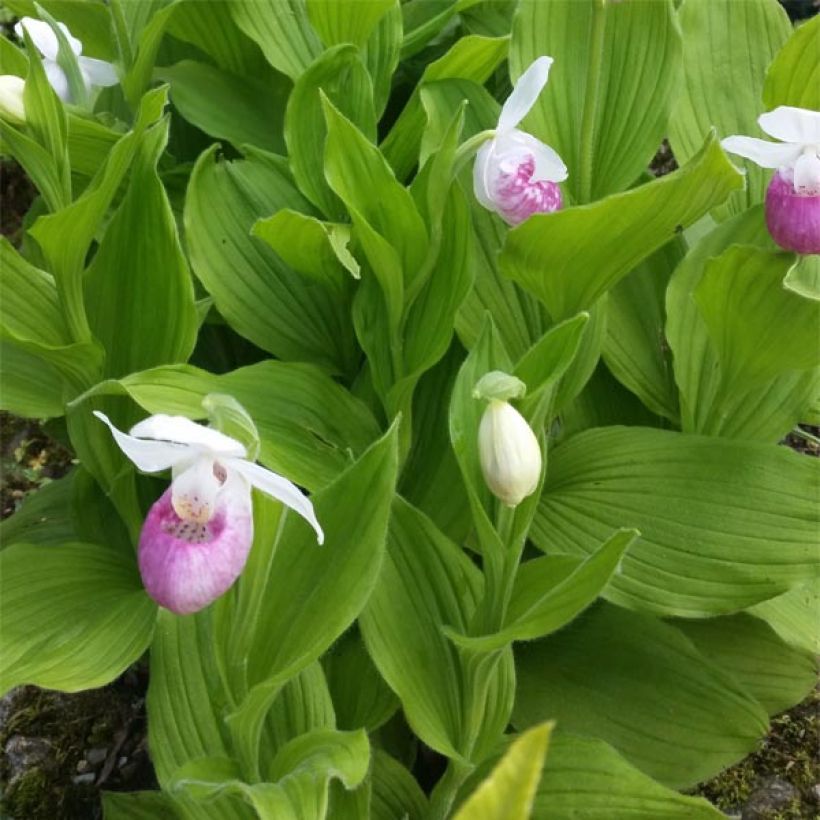

Flowering
Foliage
Plant habit
Botanical data
Cypripedium
reginae
Orchidaceae
Showy Lady's Slipper, Pink-and-white Lady's-slipper, Queen's Lady's-slipper
North America
Other Garden Orchids
View all →Planting and care
Cypripedium reginae adapts well in regions with cold winters and not too hot summers, with regular rainfall. This species prefers cool to moist soils, with a tendency towards neutral to slightly calcareous. Cypripediums are the hardiest perennial orchids, they can withstand severe cold and are not afraid of temperatures below -30°C (1°F), -40°C (1°F) under a snow cover. They thrive in well-drained, airy soils. If your soil is compact or clayey, it is necessary to create a planting pocket. Dig a pit of about 40cm (16in) for each young plant, cover the bottom with a layer of drainage (lava rock or fine gravel) and fill it with the following mixture: 50% sand, perlite or lava rock, the other half composed of garden soil mixed with finely ground pine bark, compost based on leaf soil or coconut fibres. Cypripedium rhizomes should not dry out in summer and should not be submerged in winter. In the garden, place Cypripedium reginae in a cool, semi-shaded location. Avoid dense shade or, on the contrary, direct sunlight during the hottest hours of the day.
Planting period
Intended location
Care
-
, onOrder confirmed
Reply from on Promesse de fleurs
Similar products
Haven't found what you were looking for?
Hardiness is the lowest winter temperature a plant can endure without suffering serious damage or even dying. However, hardiness is affected by location (a sheltered area, such as a patio), protection (winter cover) and soil type (hardiness is improved by well-drained soil).

Photo Sharing Terms & Conditions
In order to encourage gardeners to interact and share their experiences, Promesse de fleurs offers various media enabling content to be uploaded onto its Site - in particular via the ‘Photo sharing’ module.
The User agrees to refrain from:
- Posting any content that is illegal, prejudicial, insulting, racist, inciteful to hatred, revisionist, contrary to public decency, that infringes on privacy or on the privacy rights of third parties, in particular the publicity rights of persons and goods, intellectual property rights, or the right to privacy.
- Submitting content on behalf of a third party;
- Impersonate the identity of a third party and/or publish any personal information about a third party;
In general, the User undertakes to refrain from any unethical behaviour.
All Content (in particular text, comments, files, images, photos, videos, creative works, etc.), which may be subject to property or intellectual property rights, image or other private rights, shall remain the property of the User, subject to the limited rights granted by the terms of the licence granted by Promesse de fleurs as stated below. Users are at liberty to publish or not to publish such Content on the Site, notably via the ‘Photo Sharing’ facility, and accept that this Content shall be made public and freely accessible, notably on the Internet.
Users further acknowledge, undertake to have ,and guarantee that they hold all necessary rights and permissions to publish such material on the Site, in particular with regard to the legislation in force pertaining to any privacy, property, intellectual property, image, or contractual rights, or rights of any other nature. By publishing such Content on the Site, Users acknowledge accepting full liability as publishers of the Content within the meaning of the law, and grant Promesse de fleurs, free of charge, an inclusive, worldwide licence for the said Content for the entire duration of its publication, including all reproduction, representation, up/downloading, displaying, performing, transmission, and storage rights.
Users also grant permission for their name to be linked to the Content and accept that this link may not always be made available.
By engaging in posting material, Users consent to their Content becoming automatically accessible on the Internet, in particular on other sites and/or blogs and/or web pages of the Promesse de fleurs site, including in particular social pages and the Promesse de fleurs catalogue.
Users may secure the removal of entrusted content free of charge by issuing a simple request via our contact form.
The flowering period indicated on our website applies to countries and regions located in USDA zone 8 (France, the United Kingdom, Ireland, the Netherlands, etc.)
It will vary according to where you live:
- In zones 9 to 10 (Italy, Spain, Greece, etc.), flowering will occur about 2 to 4 weeks earlier.
- In zones 6 to 7 (Germany, Poland, Slovenia, and lower mountainous regions), flowering will be delayed by 2 to 3 weeks.
- In zone 5 (Central Europe, Scandinavia), blooming will be delayed by 3 to 5 weeks.
In temperate climates, pruning of spring-flowering shrubs (forsythia, spireas, etc.) should be done just after flowering.
Pruning of summer-flowering shrubs (Indian Lilac, Perovskia, etc.) can be done in winter or spring.
In cold regions as well as with frost-sensitive plants, avoid pruning too early when severe frosts may still occur.
The planting period indicated on our website applies to countries and regions located in USDA zone 8 (France, United Kingdom, Ireland, Netherlands).
It will vary according to where you live:
- In Mediterranean zones (Marseille, Madrid, Milan, etc.), autumn and winter are the best planting periods.
- In continental zones (Strasbourg, Munich, Vienna, etc.), delay planting by 2 to 3 weeks in spring and bring it forward by 2 to 4 weeks in autumn.
- In mountainous regions (the Alps, Pyrenees, Carpathians, etc.), it is best to plant in late spring (May-June) or late summer (August-September).
The harvesting period indicated on our website applies to countries and regions in USDA zone 8 (France, England, Ireland, the Netherlands).
In colder areas (Scandinavia, Poland, Austria...) fruit and vegetable harvests are likely to be delayed by 3-4 weeks.
In warmer areas (Italy, Spain, Greece, etc.), harvesting will probably take place earlier, depending on weather conditions.
The sowing periods indicated on our website apply to countries and regions within USDA Zone 8 (France, UK, Ireland, Netherlands).
In colder areas (Scandinavia, Poland, Austria...), delay any outdoor sowing by 3-4 weeks, or sow under glass.
In warmer climes (Italy, Spain, Greece, etc.), bring outdoor sowing forward by a few weeks.






























